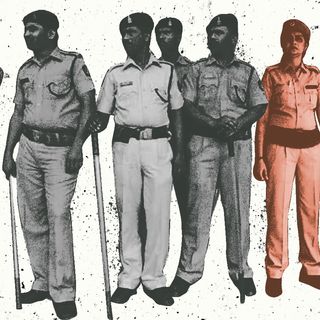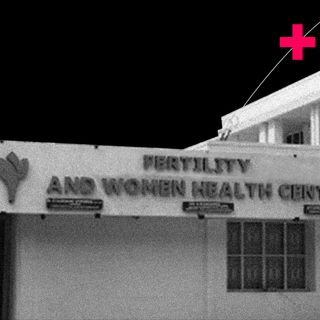Only 1% of the richest of the world’s population was found to be responsible for twice the amount of carbon dioxide emissions as the poorer half of the world between 1990 to 2015, according to a new report.
Titled Confronting Carbon Inequality, the report was compiled by Oxfam and the Stockholm Environment Institute, and assessed the emissions of different income groups over the 25-year period, during which the amount of carbon dioxide in the atmosphere is believed to have doubled. The results show that the richest 10% accounted for one-third of the carbon dioxide emissions, which scientists estimate will lead to temperature rises of more than 1.5°C above pre-industrial levels, while the poorest half emitted just 4%. “A finite amount of carbon can be added to the atmosphere if we want to avoid the worst impacts of the climate crisis. We need to ensure that carbon is used for the best,” Tim Gore, head of policy, advocacy and research at Oxfam, told The Guardian. He added that, regrettably, the the global carbon budget has, so far, been “squandered to expand the consumption of the already rich, rather than to improve humanity.”
“Carbon inequality is so stark the emissions of just the richest 10% would trigger catastrophic climate change by 2033 even if all other emissions were cut to zero… [and] the world’s poorest are paying the heaviest price despite contributing least emissions as they battle floods, famines and cyclones,” Dhananjayan Sriskandarajah, Chief Executive of Oxfam GB, commented. A 2015 study by Oxfam had found that the poorest 50% of the global population, about 3.5 billion people, are “living overwhelmingly in the countries most vulnerable to climate change.” Driven by the ‘haves’, climate crisis is hitting the ‘have-nots’ the hardest, it had stated.
Related on The Swaddle:
Study: India Could Become Uninhabitable In 50 Years If Greenhouse Emissions Continue
Now, in order to bridge the climate inequality, Oxfam is arguing for more taxes on high-carbon luxuries, in a bid to channel funds into low-carbon alternatives, alongside improving the lot of the poorest. Emissions arising out of transportation practices of the rich — such has flying frequently, and driving high-emission vehicles like SUVs — emerged among the key drivers towards the growth in carbon dioxide emissions. One way to address this would be to impose a ‘frequent flyer tax’, Oxfam states. “This isn’t about people who have one family holiday a year, but people who are taking long-haul flights every month — it’s a fairly small group of people,” Gore clarified. This also puts the focus on wealthy individuals, rather than corporates, who often exist outside the domain of market-based frameworks implemented to reduce emissions, such as carbon taxes, or carbon allowances, for companies.
The richest in India are also contributing to the climate inequality, with the report noting that even though the highest contributors to the disparity are from North America and Europe, “an increasing share of emissions associated with the consumption of the richest 10% and 1% of people in the world, is located in rapidly growing and industrializing countries such as China and India.”
“Extreme carbon inequality is a direct consequence of the decades-long pursuit by governments and businesses of grossly unequal and carbon intensive economic growth, whatever the cost. As leaders make decisions about what a post-Covid19 recovery looks like, they should seize this opportunity to reshape our economy, encourage low carbon living and create a better future for all,” Sriskandarajah noted, urging change. And, to quote Greta Thunberg: “The bigger your carbon footprint, the bigger your moral duty.”




